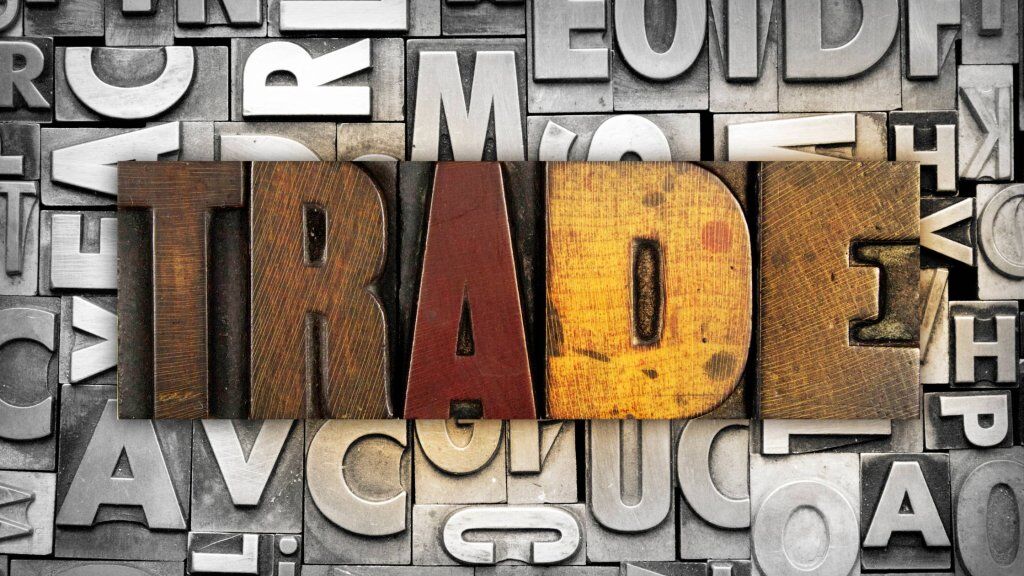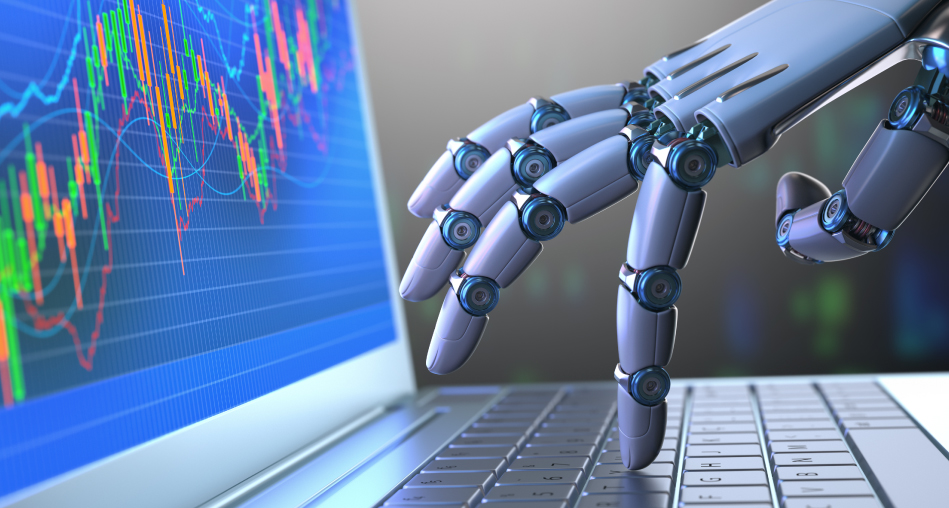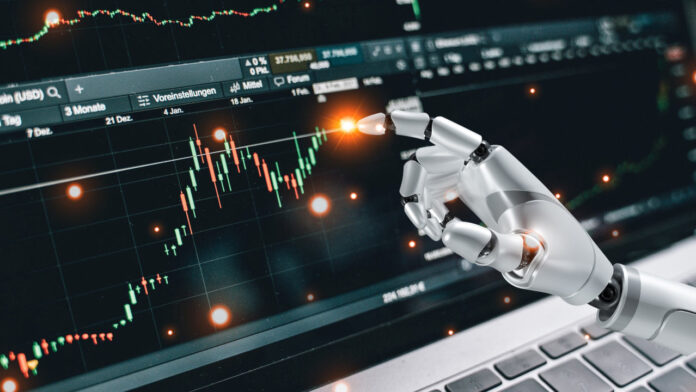In an era defined by rapid technological advancement, the realm of finance is being transformed as never before. Automated trading software, once seen as a futuristic concept, is now poised at the forefront of investment strategies, captivating both seasoned traders and curious novices alike.
Gone are the days when success hinged solely on human intuition and emotional acumen; today, algorithms wield immense power, executing trades at lightning speed and processing vast datasets in the blink of an eye.
But as we stand on the brink of this digital revolution, a pressing question arises: are we truly ready to relinquish control to these machines? The debate unfolds against a backdrop of extraordinary promise and inherent risks, challenging our perceptions of trust, efficacy, and the very nature of decision-making in finance.
As we delve deeper into this complex landscape, we must consider not only the potential benefits but also the implications of letting technology take the reins in a domain where human judgment has long reigned supreme.
Understanding Automated Trading Software: How It Works

Automated trading software operates on algorithms and high-speed computing to execute trades in financial markets with precision and efficiency. Think of it as a sophisticated tool that analyzes vast amounts of data in real time, identifying patterns and trends that might elude even seasoned traders.
By leveraging complex mathematical models, these programs can make lightning-fast decisions—buying or selling assets at the opportune moment, often within milliseconds. However, it’s not just a simple matter of pushing buttons; these systems require careful calibration and strategic planning.
Traders input parameters based on their risk tolerance, market trends, and investment goals, setting the stage for the software to work its magic. The foundation of this process lies in automated trading strategies, which dictate how the algorithms behave and respond to market conditions. As markets fluctuate, the algorithms adapt, learning from past performance to refine their strategies, which raises an intriguing question: Are we ready to trust machines to make critical financial decisions on our behalf.
The Pros of Automated Trading: Efficiency and Speed

Automated trading software revolutionizes the financial landscape by delivering unparalleled efficiency and lightning-fast execution speeds that humans simply cannot match. Imagine a world where algorithms analyze market trends, historical data, and real-time information, all in the blink of an eye. This technology sifts through vast quantities of data, learning and adapting continuously to craft optimal trading strategies.
It operates around the clock, free from the fatigue and emotional bias that can cloud human judgment. In this high-stakes environment, where every millisecond counts, the ability to execute trades at breathtaking speed can mean the difference between profit and loss.
Embracing automated trading not only streamlines decision-making processes but also allows investors to seize fleeting market opportunities with surgical precision, forging a path to potentially greater financial rewards.
The Cons of Automated Trading: Risks and Limitations
Automated trading, while alluring in its promise of efficiency and precision, is not without its drawbacks. At the forefront of these concerns is the inherent risk of over-reliance on algorithms that may malfunction or become outdated in the face of rapidly changing market conditions.
The market is a complex beast, influenced by unpredictable human emotions, geopolitical events, and sudden economic shifts—factors that algorithms struggle to accurately assess or interpret. Additionally, there’s the issue of a lack of adaptability; automated systems often operate under predefined parameters that can lead to catastrophic failures during unprecedented market volatility. As history has shown, inflexible algorithms can exacerbate losses rather than mitigate them, especially during times of crisis when swift, human judgment is most valuable.
The impersonal nature of automated trading also raises questions about accountability—who is responsible for the choices made by a machine? Ultimately, while technology can enhance trading strategies, it’s crucial to approach automated trading with caution, keeping in mind its limitations and the unpredictable nature of the markets.
Conclusion

In conclusion, the rise of automated trading software presents a transformative opportunity within the financial markets, allowing traders to implement sophisticated automated trading strategies with unprecedented efficiency. While the potential benefits, such as increased speed, accuracy, and the ability to analyze vast amounts of data, are compelling, it is crucial to approach this technology with a balanced perspective.
The risks associated with reliance on algorithms, including market volatility and loss of human oversight, highlight the need for a careful and informed approach. As we continue to integrate machines into trading practices, fostering a collaborative relationship between human intuition and algorithmic precision will be essential for navigating the complexities of the modern trading landscape.
Ultimately, embracing automation while maintaining critical oversight could lead to a more robust and effective trading environment for all participants.





